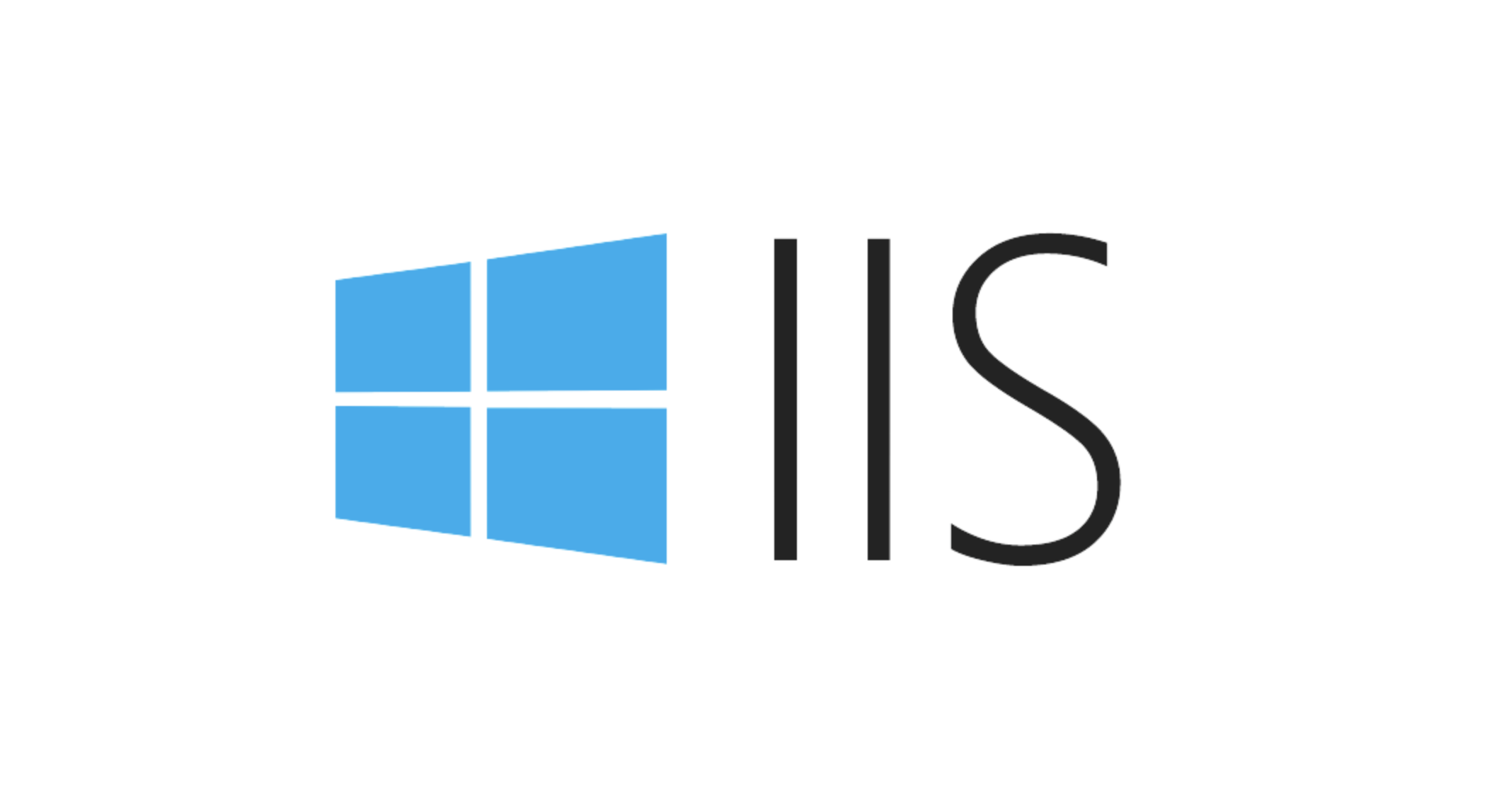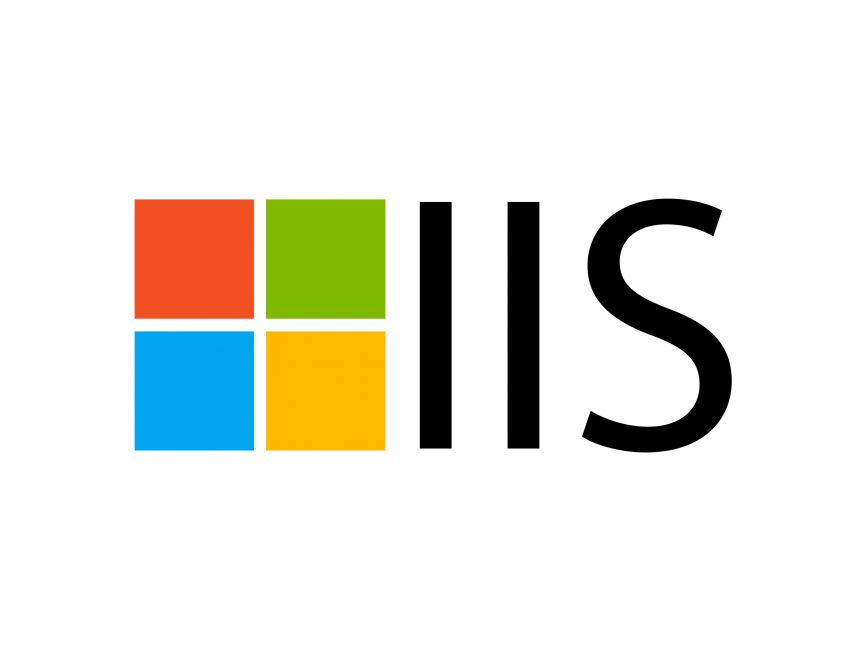What are the best practices for IIS application pool recycling?
Always enable overlapped recycling to allow new worker processes to handle requests while old ones finish gracefully, minimizing downtime. 2. Schedule recycles during low-traffic periods, such as 2:00 AM daily, to reduce impact from app warm-up and session loss. 3. Use memory-based recycling cautiously by setting thresholds based on observed application behavior, avoiding overly aggressive limits that trigger frequent recycles. 4. Monitor recycling events using Event IDs 1073, 1074, and 1077 in Windows Event Logs to detect issues like memory leaks or configuration problems. 5. Warm up applications post-recycle by enabling the Application Initialization module, setting Start Mode to AlwaysRunning, and preloading key URLs via web.config. 6. Avoid unnecessary triggers like configuration changes or request counts, and only use time-based or specific-time recycling unless justified. 7. Isolate critical applications into separate application pools to limit cross-application impact and customize recycling settings per app. 8. Test all recycling configurations in a staging environment under simulated load before deploying to production. Effective recycling balances stability and performance by recycling smartly, not frequently, using monitored, intentional strategies to maintain availability and responsiveness.

Application pool recycling in IIS is essential for maintaining the stability, performance, and availability of web applications. Over time, memory leaks, handle exhaustion, or degraded performance can occur in long-running worker processes. Recycling gracefully restarts the worker process, allowing the application to continue serving requests with minimal disruption. Here are the best practices for configuring and managing IIS application pool recycling:

1. Use Overlapped Recycling (Always Enabled)
Ensure that overlapped recycling is enabled (which is the default). This allows a new worker process to start before the old one shuts down. During this overlap:
- The new process begins handling new requests.
- The old process finishes processing existing requests before terminating.
This minimizes downtime and avoids dropping active connections. You can verify this setting in IIS Manager under Application Pool > Advanced Settings > Disable Overlapped Recycle = False.

⚠️ Disabling overlapped recycling can cause brief service interruptions during peak times.
2. Schedule Recycles During Low-Traffic Periods
If you use regular time-based recycling, set the schedule during off-peak hours (e.g., 2:00 AM). Frequent recycling during high-traffic times can cause performance spikes due to app warm-up and session loss.

Example:
- Recycle every 24 hours at 2:00 AM.
- Avoid every 1740 minutes (a common default due to historical timer limits) unless intentionally staggered.
You can configure this under: Application Pool > Recycling > Regular Time Interval (minutes) or Specific Times.
3. Avoid Recycling Based Solely on Memory Limits (Use with Caution)
Setting recycling based on private memory or virtual memory limits can help prevent runaway processes, but it should be used carefully:
- Set thresholds based on actual application behavior and baseline memory usage.
- Monitor memory trends over time before setting limits.
For example:
- If your app typically uses 500 MB, setting a private memory limit of 1 GB may be reasonable.
- Too aggressive a limit can cause frequent recycling and poor performance.
? Use Performance Monitor (PerfMon) or tools like LogParser to analyze memory trends before setting thresholds.
4. Monitor and Log Recycling Events
Enable and review IIS logs and Windows Event Logs to track recycling events:
- Event ID 1073: Application pool recycled.
- Event ID 1074: Application pool is being shut down.
- Event ID 1077: Worker process failed to gracefully shut down.
Regularly check these logs to identify unexpected or frequent recycling, which may indicate memory leaks, configuration issues, or external dependencies failing.
5. Warm Up Applications After Recycling
After a recycle, the first user often experiences slow response times while the app initializes. To mitigate this:
- Enable Application Initialization module in IIS.
- Set Start Mode = AlwaysRunning in the application pool.
- Preload specific URLs using the
<applicationinitialization></applicationinitialization>section in web.config.
Example web.config snippet:
<system.webServer>
<applicationInitialization doAppInitAfterRestart="true">
<add initializationPage="/" hostName="your-site.com" />
</applicationInitialization>
</system.webServer>This helps reduce cold-start delays.
6. Avoid Unnecessary Recycling Triggers
Only enable recycling conditions that are necessary:
- Avoid recycling on configuration changes unless required.
- Don’t recycle based on request count unless you have a specific reason.
Common recycling triggers:
- Regular time intervals ✅
- Specific times ✅
- Memory limits ⚠️ (monitor first)
- Configuration changes ❌ (usually unnecessary)
- Request count ❌ (rarely useful)
7. Use Multiple Application Pools Strategically
Separate high-impact or critical applications into their own application pools. This way:
- Recycling one app doesn’t affect others.
- You can tailor recycling settings per application.
Avoid putting unrelated or unstable apps in the same pool.
8. Test Recycling Impact in Staging
Before applying recycling changes in production:
- Test in a staging environment that mirrors production.
- Simulate load using tools like Apache Bench or JMeter.
- Observe how recycling affects response times and error rates.
In summary, the key to effective IIS application pool recycling is balance: prevent instability without introducing unnecessary overhead. Use overlapped recycling, schedule during off-peak hours, monitor memory and logs, and warm up apps when possible. Avoid aggressive or blind recycling rules.
Basically, recycle smart—not often.
The above is the detailed content of What are the best practices for IIS application pool recycling?. For more information, please follow other related articles on the PHP Chinese website!

Hot AI Tools

Undress AI Tool
Undress images for free

Undresser.AI Undress
AI-powered app for creating realistic nude photos

AI Clothes Remover
Online AI tool for removing clothes from photos.

Clothoff.io
AI clothes remover

Video Face Swap
Swap faces in any video effortlessly with our completely free AI face swap tool!

Hot Article

Hot Tools

Notepad++7.3.1
Easy-to-use and free code editor

SublimeText3 Chinese version
Chinese version, very easy to use

Zend Studio 13.0.1
Powerful PHP integrated development environment

Dreamweaver CS6
Visual web development tools

SublimeText3 Mac version
God-level code editing software (SublimeText3)
 How to set the bootstrap navigation bar
Apr 07, 2025 pm 01:51 PM
How to set the bootstrap navigation bar
Apr 07, 2025 pm 01:51 PM
Bootstrap provides a simple guide to setting up navigation bars: Introducing the Bootstrap library to create navigation bar containers Add brand identity Create navigation links Add other elements (optional) Adjust styles (optional)
 How to open xml format
Apr 02, 2025 pm 09:00 PM
How to open xml format
Apr 02, 2025 pm 09:00 PM
Use most text editors to open XML files; if you need a more intuitive tree display, you can use an XML editor, such as Oxygen XML Editor or XMLSpy; if you process XML data in a program, you need to use a programming language (such as Python) and XML libraries (such as xml.etree.ElementTree) to parse.
 IIS: An Introduction to the Microsoft Web Server
May 07, 2025 am 12:03 AM
IIS: An Introduction to the Microsoft Web Server
May 07, 2025 am 12:03 AM
IIS is a web server software developed by Microsoft to host websites and applications. 1. Installing IIS can be done through the "Add Roles and Features" wizard in Windows. 2. Creating a website can be achieved through PowerShell scripts. 3. Configure URL rewrites can be implemented through web.config file to improve security and SEO. 4. Debugging can be done by checking IIS logs, permission settings and performance monitoring. 5. Optimizing IIS performance can be achieved by enabling compression, configuring caching and load balancing.
 What is the yii framework? Tutorial on how to use yii framework
Apr 18, 2025 pm 10:57 PM
What is the yii framework? Tutorial on how to use yii framework
Apr 18, 2025 pm 10:57 PM
Article Summary: Yii Framework is an efficient and flexible PHP framework for creating dynamic and scalable web applications. It is known for its high performance, lightweight and easy to use features. This article will provide a comprehensive tutorial on the Yii framework, covering everything from installation to configuration to development of applications. This guide is designed to help beginners and experienced developers take advantage of the power of Yii to build reliable and maintainable web solutions.
 IIS: Key Features and Functionality Explained
May 03, 2025 am 12:15 AM
IIS: Key Features and Functionality Explained
May 03, 2025 am 12:15 AM
Reasons for IIS' popularity include its high performance, scalability, security and flexible management capabilities. 1) High performance and scalability With built-in performance monitoring tools and modular design, IIS can optimize and expand server capabilities in real time. 2) Security provides SSL/TLS support and URL authorization rules to protect website security. 3) Application pool ensures server stability by isolating different applications. 4) Management and monitoring simplifies server management through IISManager and PowerShell scripts.
 Using IIS: Hosting Websites and Web Applications
May 10, 2025 am 12:24 AM
Using IIS: Hosting Websites and Web Applications
May 10, 2025 am 12:24 AM
IIS is a web server software developed by Microsoft to host and manage websites and web applications. 1) Install IIS: Install on Windows server through Control Panel or Server Manager. 2) Create a website: Use PowerShell commands such as New-WebSite to create a new website. 3) Configure application pool: Set up an independent operating environment for different websites to improve security and stability. 4) Performance optimization: Adjust application pool settings and enable content compression to improve website performance. 5) Error debugging: Diagnose and resolve common errors by viewing IIS log files.
 IIS and PHP: Exploring the Compatibility
Apr 18, 2025 am 12:11 AM
IIS and PHP: Exploring the Compatibility
Apr 18, 2025 am 12:11 AM
IIS is compatible with PHP and is implemented through the FastCGI module. 1.IIS supports PHP through the FastCGI module, making PHP run as an independent process. 2. Configuring IIS to run PHP requires defining the handler in the configuration file. 3. Basic usage includes enabling the FastCGI module and setting up PHP handlers. 4. Advanced usage can configure PHP environment variables and timeout settings. 5. Common errors include version incompatibility and configuration issues, which can be diagnosed through logs. 6. Performance optimization is recommended to adjust the PHP process pool size and enable OPcache.
 IIS and Web Hosting: A Comprehensive Guide
May 05, 2025 am 12:12 AM
IIS and Web Hosting: A Comprehensive Guide
May 05, 2025 am 12:12 AM
IIS is Microsoft's web server software for hosting websites on Windows; WebHosting is storing website files on the server so that they can be accessed over the Internet. 1) IIS is simple to install and enabled through the control panel; 2) WebHosting selection requires stability, bandwidth, technical support and price to consider; 3) Shared Hosting is suitable for small websites, dedicated Hosting is suitable for websites with large traffic, and cloud Hosting provides high flexibility and scalability.







